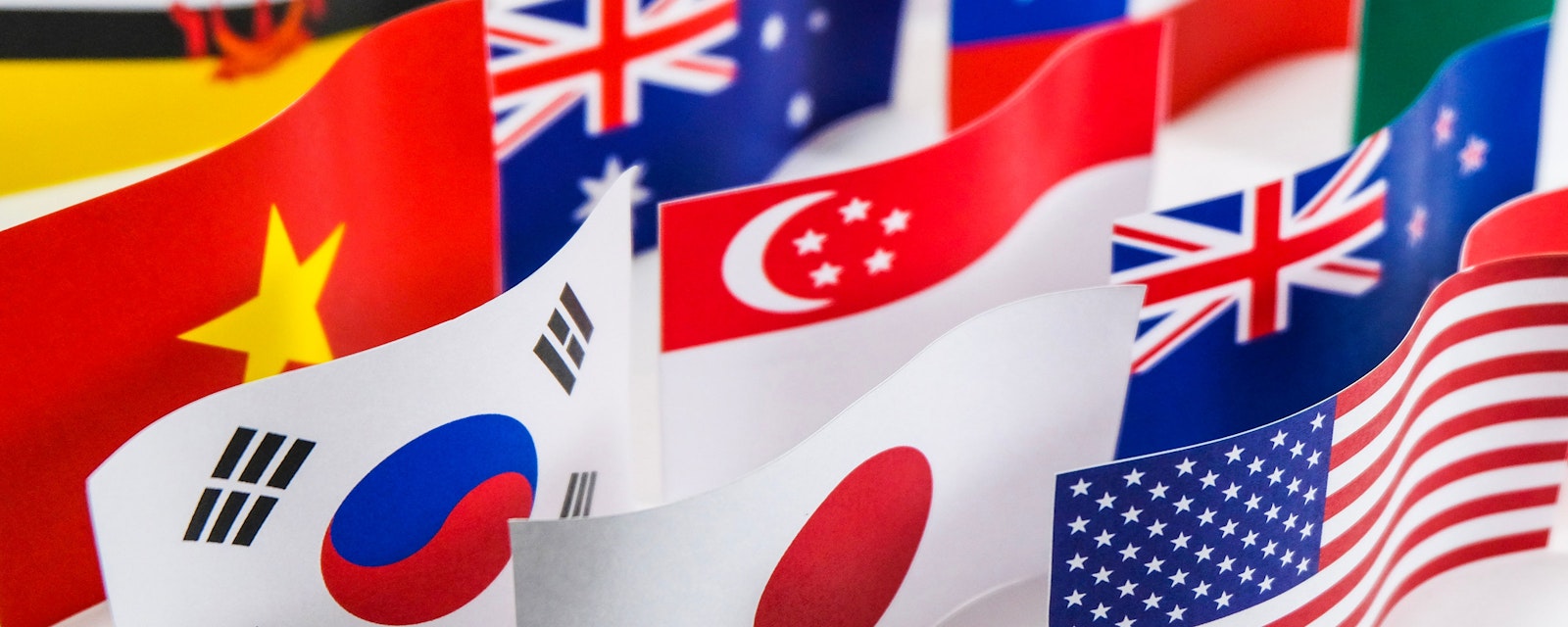New Zealand, the depositary of the Trans-Pacific Partnership (TPP), released the final text of the revised agreement – now known as the Comprehensive and Progressive Agreement for the Trans-Pacific Partnership (CPTPP) – on Wednesday, 21 February. The agreement is now ready for a signing ceremony in Chile on 8 March.
The content of the agreement was largely known by the time lead negotiators announced in January that they had concluded negotiations. However, the text provides clarity regarding the process of “unfreezing” the provisions that the TPP-11 agreed to suspend, provisions that had largely been favored by the United States. If the US were to seek to rejoin the agreement in the future and restore the “frozen” provisions, it would have to secure the approval of all 11 members to reactivate the suspended items. In other words, after having successfully convinced its negotiating partners to accept, for example, US intellectual property rules in the February 2016 TPP agreement, those negotiating partners would all wield vetoes over the terms of an agreement were the US to seek readmission to the bloc. Although Japan pushed for regulatory freezes instead of removing provisions from the text entirely in order to leave the door open to US participation, the process of unfreezing provisions could make reentry less attractive to the US than might otherwise have been the case.
The CPTPP text also includes a clause specifying how countries can accede to the agreement, noting that “any State or separate customs territory” may accede to the agreement subject to negotiations with the 11 members and the aspiring member. With no limitations on which countries could join the group, it is possible that the United Kingdom could join the bloc after Brexit, which the May government is reportedly studying. Australia in particular has signaled its interest in British membership in CPTPP. Thailand, Indonesia, South Korea, the Philippines, and Colombia, as well as Taiwan, have also expressed some interest in joining in the future. The bloc will likely turn its attention to prospective members once the agreement is signed and comes into force.
In order to enter into force, it will have to be ratified by at least six signatories, at which point it will enter into force after 60 days. Thus far there appear to be few obstacles to ratification, including in larger member economies like Japan, Australia, and Canada in which participation has at times been controversial. Japan, for example, could ratify the agreement during the current Diet session, which runs through late June. It is possible that the agreement could come into force by early 2019.




